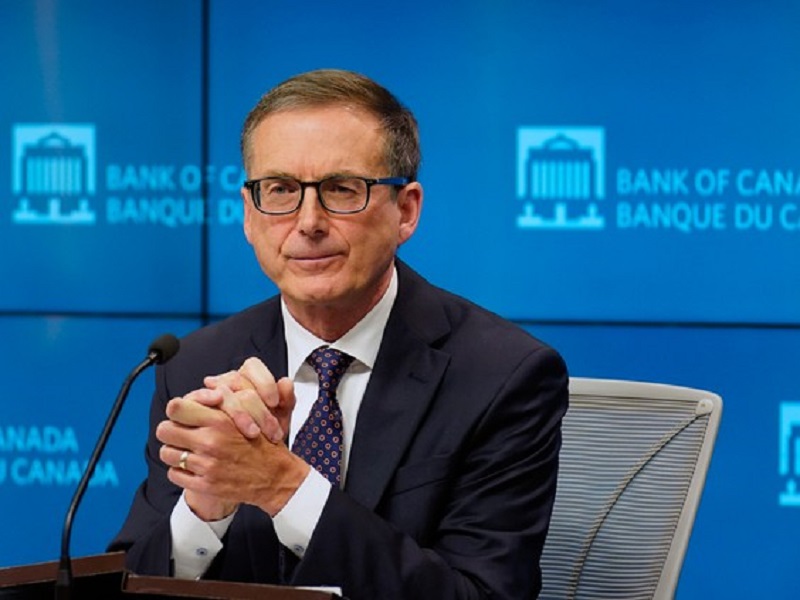Goblal market starts to price in earlier rate hikes
As some G10 central banks start to lift policy rates, or seemingly get close to rate hikes, so others that appear further behind in the rate-hike cycle are being dragged along as market expectations start to price in earlier hikes.

The Bank of Canada (BoC) take a hawkish turn that was not at all widely anticipated by the market and now it seems that the first rate hike here could happen as soon as the spring of 2022. Photo: Tiff Macklem, governor of the Bank of Canada.
Seemingly, many countries are embarking on very different monetary policy strategies and that’s leaving the market confused. At the time, many people pointed to the juxtaposition between New Zealand and Australia, with the former hiking rates while the latter suggests it won’t move until 2024 at the earliest. Norway and Sweden are similar as Norges Bank has lifted rates while the Riksbank does not project rate hikes over the next couple of years.
Of course, there clearly are significant differences between Australia and New Zealand just as there are reasons why the Riksbank need not match Norges Bank. Chief amongst these in the Riksbank’s case is that Norway’s economy has been supported fiscally by its considerable oil wealth. Nonetheless, it seems that the markets don’t really care for these differences and are more interested in trying to price in earlier rate hikes than policymakers suggest – particularly in Australia – where the market prices the first rate hike to occur next year.
This inclination by the market to price in earlier rate hikes among what might be called the monetary laggards has extended more recently to the ECB and here it could be the case that the Bank of England’s seemingly rapid shift towards an early base rate hike could be a decisive factor. Now again, there are significant differences between the UK and euro zone, such as the fact that supply chain problems in the UK are being compounded by Brexit, but again the market does not seem interested and, like the RBA, the ECB seems unhappy that the market is moving in this way.
ECB President Lagarde may well try to push back against this market pressure at today’s meeting but, in Mr. Steve Barrow, Head of Standard Bank G10 Strategy’s view, Ms. Lagarde is fighting a lost cause. The market is going to be very reticent to back down, and probably so even if the BoE does not deliver a rate hike as soon as next week. “We still think it will be some years before the ECB lifts its main (0.0%) refinancing rate but the lower deposit rate (-0.5%) could be in play as soon as next year and that’s the one, after all, that dictates cash rates and hence important when it comes to implied rate expectations in the futures market”, Mr. Steve Barrow said.
Just yesterday, the Bank of Canada (BoC) take a hawkish turn that was not at all widely anticipated by the market and now it seems that the first rate hike here could happen as soon as the spring of 2022 given what the BoC is saying now about the likely closing of the output gap. Here too, the market justifiably asks – what’s the difference between the Canada and the US?
Mr. Steve Barrow said that both recoveries seem quite robust, both have seen strong fiscal support and both have seen sharp increases in inflation, while assuming that price growth will slow to be close to target by the end of next year. The FOMC, however, is currently split between those believing that rates will rise next year and those that don’t. The market, not surprisingly, is more hawkish than the FOMC median and may become even more so now that the Bank of Canada has taken a more hawkish line. The Fed too might choose to fight back to avoid any pressure to be bounced into an early rate hike. But even if it does that, we doubt the market will back off at this stage. It all suggests that volatility in rates markets could become more elevated particularly at the front end of the curve. It might also mean that the currencies of those countries that push back against rate-hike pressure will fall until that is, they fall into line.








